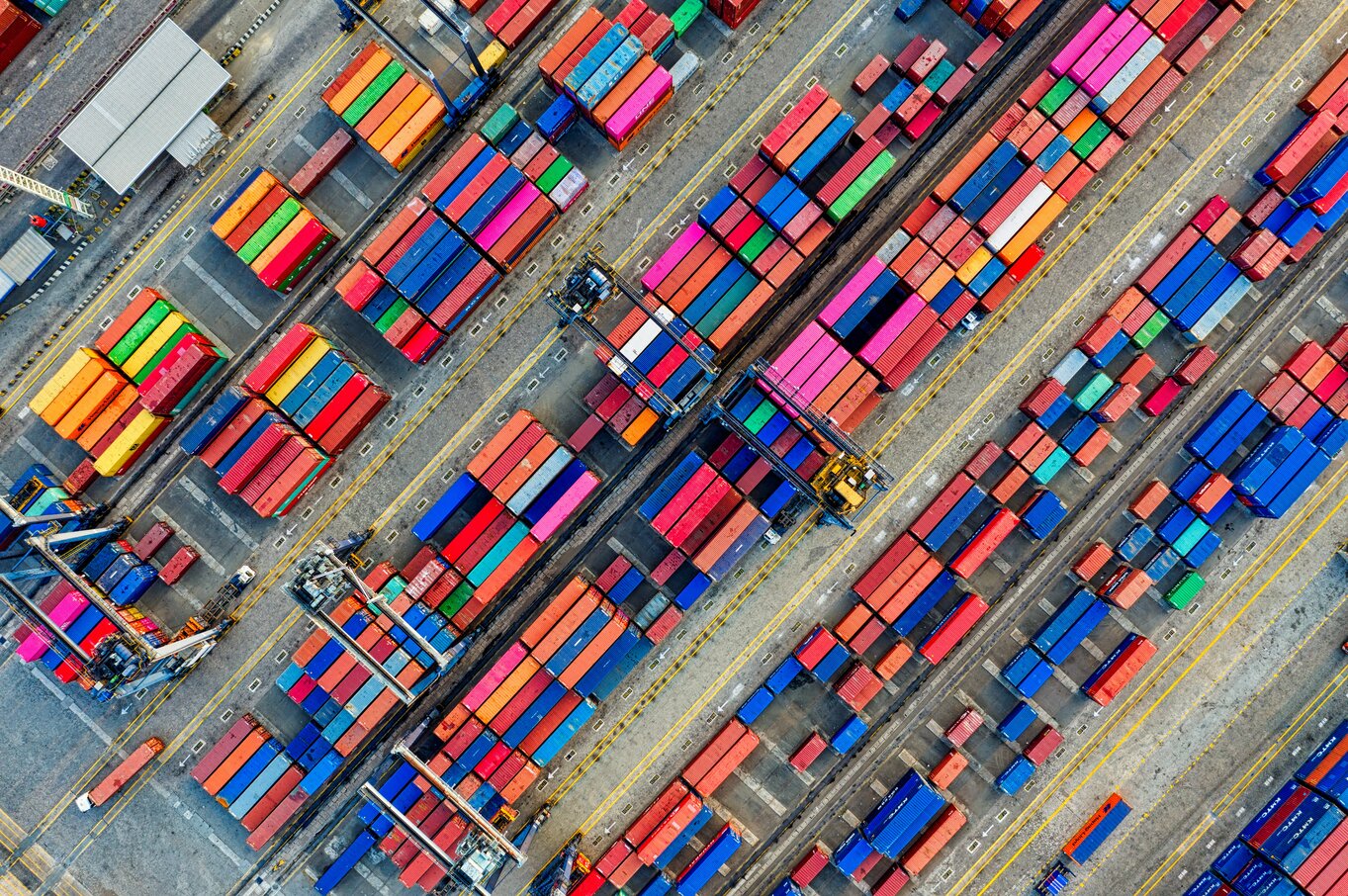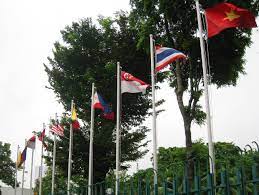Exporters wishing to gain insight into potential new products with higher export opportunities and the markets that offer growing trade opportunities can turn to a newly released catalog from the United Nations.
The Catalogue of Diversification Opportunities 2022—released for the first time by the United Nations Conference on Trade and Development (UNCTAD)—identifies over 45,000 new products with export potential that can help countries including the Philippines to diversify economic activity.
The new report released late last month aims to help countries harness technology and innovation for faster and more inclusive and sustainable economic growth. It informs governments, the private sector and other stakeholders that make up national innovation systems about possible product areas where technology can be used to diversify economies for structural transformation.
Research shows that structural transformation—the process whereby a sustained period of rising income and living standards coincides with changes in the distribution of economic activity—increases economic growth and competitiveness, moving jobs from low- to high-value-added products.
In other words, a country needs to be able to produce not only new products but also those that are more sophisticated, using higher skilled labor and more advanced technological applications, said UNCTAD.
This requires the diversification of economic activity towards more complex products. And development policies should be designed to facilitate this process.
“The ability to identify new industries with potential could greatly help innovation and industrial policies,” said Shamika Sirimanne, director of UNCTAD’s technology and logistics division.
“This handy catalogue identifies such industries based on a country’s productive structure and level of development, and the demand for these products in the global market,” Sirimanne added.
The catalogue presents information on four main areas:
• Basic statistics regarding diversification
• Potential new sectors for diversification considering all products, and the markets that offer growing export opportunities
• Potential new sectors for diversification considering only agri-business products
• The markets that offer growing export opportunities
Aside from the over 2,700-page full dialog, UNCTAD also provides useful country-focused fact sheets. In the case of the Philippines, the country currently has nearly 10,560 products with the potential to create 2,300 new products for diversification, according to the report. Of these new products, about 1,890 or 82% represent potentially more complex new products. More complex products have an estimated 57% export opportunity and a 32% import replacement opportunity.
Overall, the sector of organic chemicals has the biggest potential for the Philippines, accounting for a 15% share of export opportunities. This is followed by iron and steel; vehicles; machinery and mechanical appliances; inorganic chemicals, precious metal compound, isotopes; meat and edible meat offal; iron or steel; plastics; nickel; and electrical and electronic equipment.
China and the US lead the list of destination markets for potential new products, followed by Germany, France, UK, Italy, and the Netherlands. By region, Asia is the leading destination, followed by Europe and Northern America.
In the agri-business industry alone, meat and edible meat offal presents the biggest opportunity for local exporters, representing a huge 49% share of export potential. This is followed by fish, crustaceans, mollusks, aquatic invertebrates; oil seed, oleagic fruits, grain, seed, fruit; cereals; dairy products, eggs, honey, edible animal product; and milling products, malt, starches, inulin, wheat gluten.
The biggest export markets for new agri-business products are China, Germany, US, Finland, UK, Netherlands and France. In terms of regional markets, opportunities abound most in Asia, followed by Western Europe, Northern Europe and Northern America.
The Philippine fact sheet also contains a comprehensive list of specific new products with higher export opportunities and identifies the top three growing markets for each product. Diversification to meat and edible meat offal carries the biggest earnings potential. For example, frozen swine cuts list China, Australia and Chile as the top three growing markets and have an export opportunity of about US$3,594 million.
Visitors can visit https://unctad.org/news/unctad-outlines-new-productive-sectors-economic-diversification to access the UNCTAD’s full catalog, country fact sheets and full dataset of possible new exports.
























